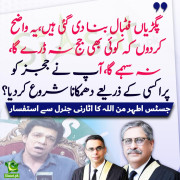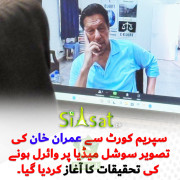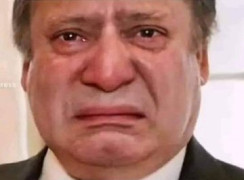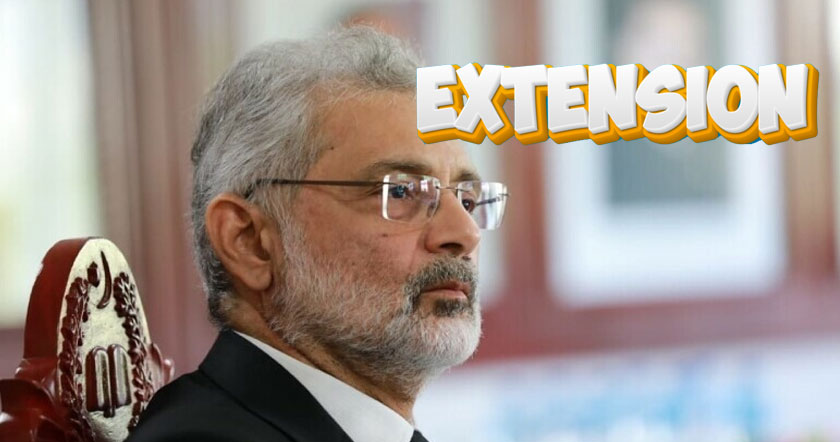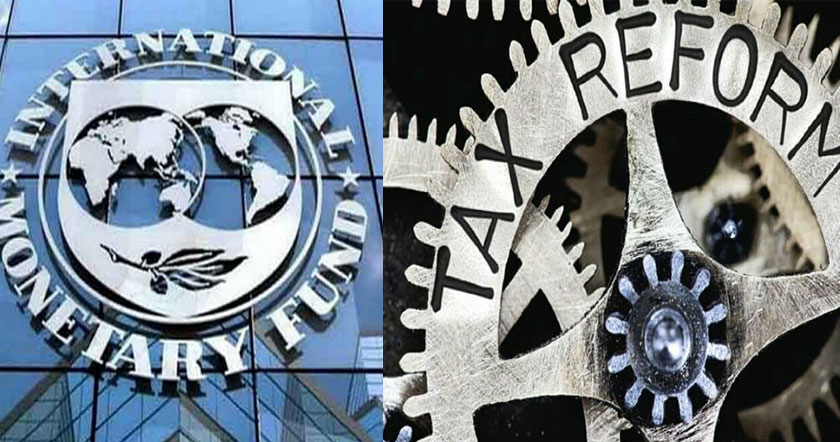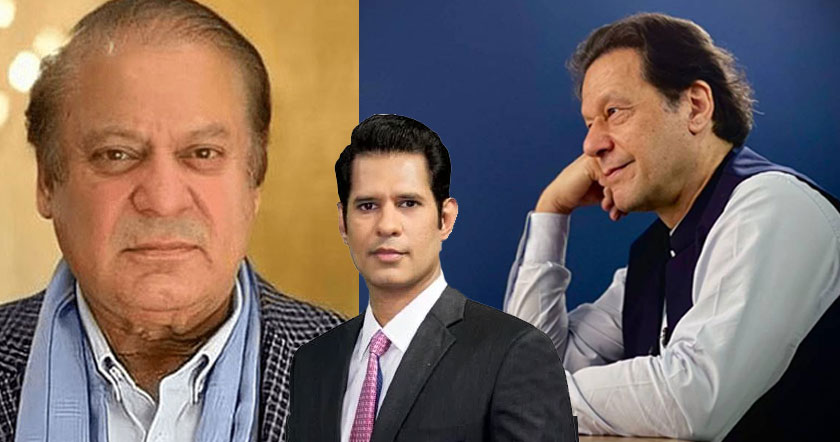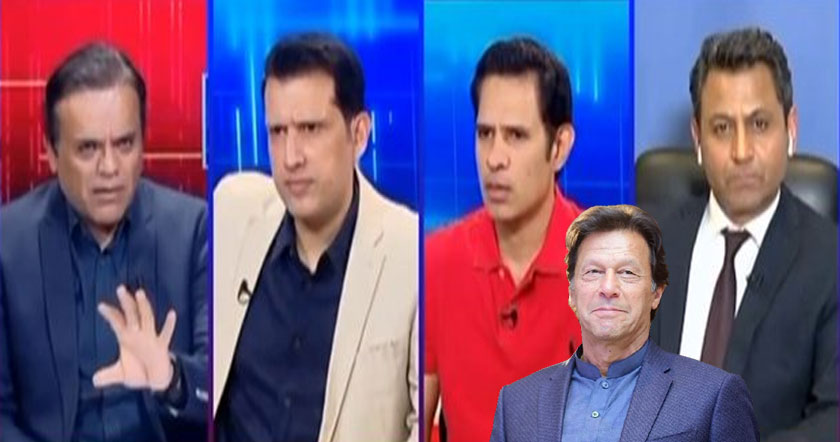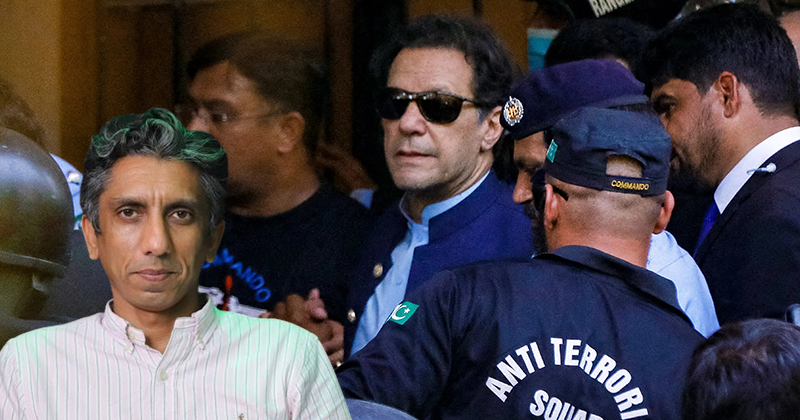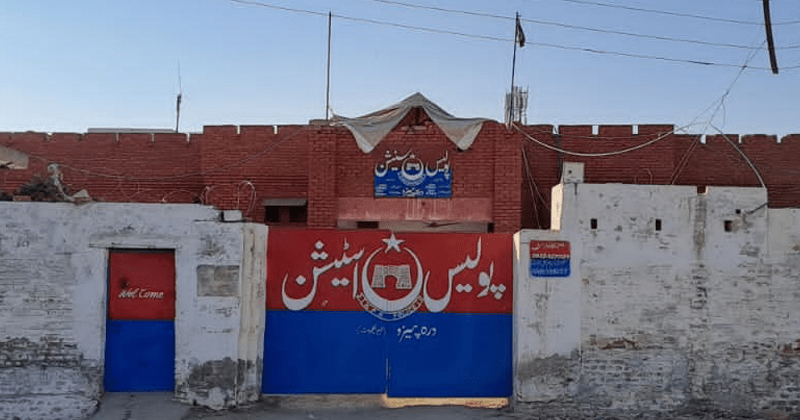
Prof Atta-ur-Rahman
On July 23, 2006, an article was published in the leading daily Indian newspaper Hindustan Times, titled Pak threat to Indian science. It was reported that Prof C N R Rao (chairman of the Indian prime ministers Scientific Advisory Council), had made a detailed presentation to Indian Prime Minister Manmohan Singh about the rapid strides that Pakistan was making in the higher education sector after the establishment of the Higher Education Commission in October 2002 and my appointment as its first chairman. The article began with the sentence Pakistan may soon join China in giving India serious competition in science.
Serious apprehensions were expressed before the Indian prime minister at the rapid progress being made by Pakistan in the higher education and science sectors, first under the ministry of science and technology after my appointment as the federal minister of science and technology of Pakistan in 2000, and later under the Higher Education Commission. It was stressed during the presentation to the Indian prime minister that if India did not take urgent measures to upgrade its own higher education sector, Pakistan would soon take the lead in key areas of higher education, science and technology.
Something remarkable happened in Pakistan during the short period from 2000 to 2008 that rang alarm bells in India. It also drew unmitigated praise from neutral international experts. Three independent and authoritative reports, praising the outstanding performance of the HEC, were published by the World Bank, Usaid and the British Council. Pakistan won several international awards for the revolutionary changes in the higher education sector brought about under the leadership of the writer. The Austrian government conferred its high civil award Grosse Goldene Ehrenzeischen am Bande (2007) on the writer for transforming the Higher Education sector in Pakistan. The TWAS (Academy of Sciences for the Developing World, Italy) Award for Institutional Development was conferred on the writer at the academys 11th general conference in October 2009.
Prof Michael Rode, the chairman of the United Nations Commission on Science, Technology and Development and presently heading a Network of European and Asian Universities (ASIA-UNINET), wrote: The progress made was breathtaking and has put Pakistan ahead of comparable countries in numerous aspects. The United Nations Commission on Science and Technology has closely monitored the development in Pakistan in the past years, coming to the unanimous conclusion that (the) policy and programme is a best-practice example for developing countries aiming at building their human resources and establishing an innovative, technology-based economy.
Prof Wolfgang Voelter of Tubingen University, who had been conferred two civil awards by the government of Pakistan for his contributions to the development of science in this country, paid glowing tributes in an article published in November 2008: A miracle happened. The scenario of education, science and technology in Pakistan changed dramatically as never before in the history of Pakistan. The chairperson of the Senate Standing Committee on Education recently announced it as Pakistans golden period in higher education.
A senior US educational expert, Prof Fred Hayward, independently analysed this sector on behalf of Usaid and wrote: The Higher Education Commission instituted major upgrades for laboratories and information and communications technology, rehabilitation of facilities, expansion of research support, and development of one of the best digital libraries in the region. Its successes have been remarkable quality had increased significantly, and several institutions were on their way to becoming world-class institutions. About 95 percent of people sent abroad for training returned, an unusually high result for a developing country in response to improved salaries and working conditions at universities.
The tremendous changes that occurred in Pakistan after the year 2003, compared to the previous 55 years (1947-2002) are illustrated by the following statistics:
1. There were only 59 universities and degree awarding institutes in Pakistan in the year 2001. These grew to 127 such institutions by 2008.
2. University enrolment grew threefold, rising from only 276,000 in 2002 to a remarkable 803,000 by 2010.
3. During the 55-year period between 1947 and 2002, only 1,500 PhD scholarships had been awarded by UGC. During 2003 and 2010, over 8,000 such scholarships were awarded by the HEC through a highly competitive selection process, about 5,000 of these to top universities in the USA, Europe, Australia and New Zealand.
4. The PhD output from our universities between 1947 and 2002 was only 3,321 (an average of only 60 per year). In the subsequent eight-year period, 2003-2010, another 3,651 PhD degrees were granted (an average of 450 per year) after international assessment by eminent experts from technologically advanced countries. Presently it stands at about 700 per year, representing a 1,200 percent increase over the average in the 55-year period.
5. The rapid progress made by Pakistan in the IT and telecom sector from 2000 and 2002 under my charge as federal minister led to the spread of the internet from 29 cities in 2000 to 1,000 cities, towns and villages by 2002, and the spread of fibre from 40 cities to 400 cities in this two-year period. Internet prices were reduced sharply from $87,000 per month for a 2 MB line to only $3,000 per month. The mobile telephony boom began by the drastic lowering of prices, bringing in competition and changing the system, so that the person receiving a call was no longer required to pay any charges. A satellite was placed in space (Paksat 1) at a cost of only $4 million. These changes in the IT infrastructure brought about during the time I was federal minister of science responsible for IT and telecom later proved invaluable for the higher education sector. The Pakistan Educational Research Network was set up in 2004, through which one of the finest digital libraries was established in universities. In 2002, a few university libraries could subscribe to a handful of journals. Today every student in every public sector university has free access to over 20,000 international journals with back volumes and over 60,000 books from 250 international publishers. A silent revolution had occurred.
6. From 1947 to 2002, not a single university could be ranked among the top 600 of the world in international university rankings. By 2008, however, several Pakistani universities achieved this distinction, with NUST (Islamabad) at 273rd in the world, UET (Lahore) at 281 in the world and Karachi University (in natural sciences) at 223 in the world. Others included Quaid-e-Azam University (Islamabad) and Mehran Engineering University (Hyderabad).
Pakistan was poised to make a major breakthrough in transitioning from a low value-added agricultural economy to a knowledge economy. Alas, corrupt politicians with forged degrees plotted to destroy this wonderful institution where all decisions were merit-based, a trait unacceptable to many in power. A government notification was issued on Nov 30, 2010, to fragment the HEC and distribute the pieces. At this point I intervened. It was on my appeal to it that the Supreme Court declared the fragmentation of the HEC to be unconstitutional. The development budget of the HEC has, however, been slashed by 50 percent and most development programmes in universities have come to a grinding halt.
The News


